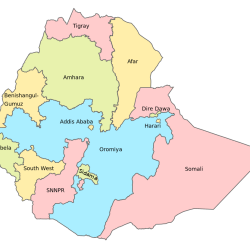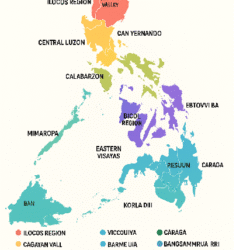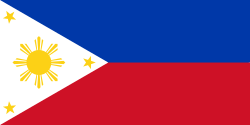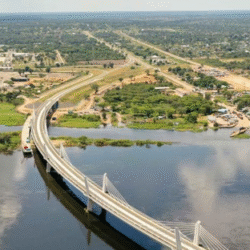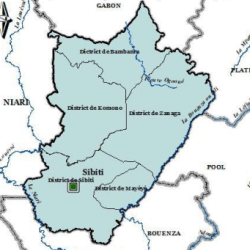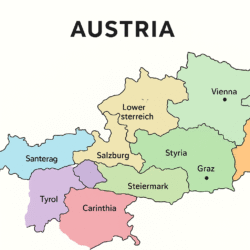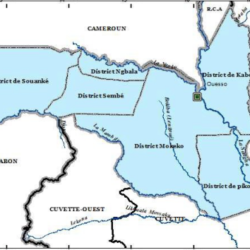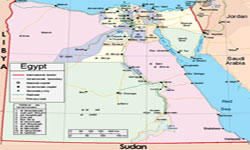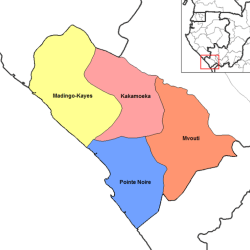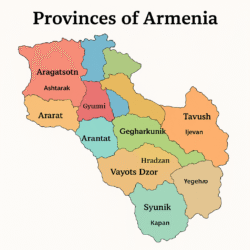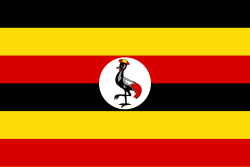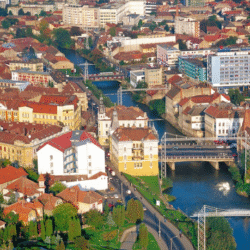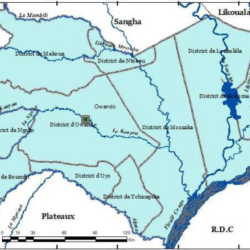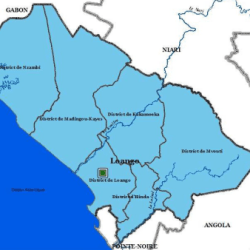Azerbaijan, a country strategically located at the crossroads of Eastern Europe and Western Asia, has a well-structured system of governance that divides the nation into various administrative units. This system not only ensures effective local management but also reflects the country’s rich historical, cultural, and geographical diversity.
Currently, Azerbaijan is divided into 14 economic regions, 66 rayons (districts), and 11 cities that fall directly under the authority of the republic. In addition, the Autonomous Republic of Nakhchivan plays a unique role within the nation’s administrative framework, governed by its own parliament but remaining under Azerbaijan’s sovereignty.
Evolution of Administrative Divisions
The territorial divisions of Azerbaijan have undergone several transformations throughout history. From the medieval khanates to the administrative reforms of the Soviet Union, each stage has left its mark on the modern structure.
After gaining independence in 1991, Azerbaijan restructured its internal divisions to enhance governance and economic planning. In July 2021, the government redefined its economic regions to align with development strategies, which led to the current 14-region model.
Key Components of Azerbaijan’s Administrative System
Azerbaijan’s territorial system is structured around four main components:
- Economic Regions – These are clusters of rayons and cities grouped together for planning and development.
- Rayons (Districts) – The main local administrative units.
- Cities under Republic Authority – Major cities that report directly to the central government.
- Autonomous Republic of Nakhchivan – A self-governing exclave with its own parliament and government.
This system ensures that both urban centers and rural areas receive balanced attention in terms of development, infrastructure, and governance.
List of the 14 economic regions of Azerbaijan (with their rayons/districts and cities)
1. Baku Economic Region
- Baku (capital city)
2. Absheron–Khizi Economic Region
- Absheron
- Khizi
- Sumgait (city)
3. Central Aran Economic Region
- Aghdash
- Goychay
- Kurdamir
- Ujar
- Yevlakh (district)
- Yevlakh (city)
- Zardab
- Mingachevir (city)
4. Mil–Mughan Economic Region
- Beylagan
- Imishli
- Saatly
- Sabirabad
5. Shirvan–Salyan Economic Region
- Bilasuvar
- Hajigabul
- Neftchala
- Salyan
- Yevlakh (district)
- Shirvan (city)
6. Mountainous Shirvan Economic Region
- Aghsu
- Gobustan
- Ismayilli
- Shamakhi
7. Ganja–Dashkasan Economic Region
- Dashkasan
- Goranboy
- Goygol
- Samukh
- Ganja (city)
- Naftalan (city)
8. Gazakh–Tovuz Economic Region
- Aghstafa
- Gadabay
- Gazakh
- Shamkir
- Tovuz
9. Guba–Khachmaz Economic Region
- Guba
- Gusar
- Khachmaz
- Shabran
- Siyazan
10. East Zangezur Economic Region
- Gubadly
- Jabrayil
- Kalbajar
- Lachin
- Zangilan
11. Lankaran–Astara Economic Region
- Astara
- Jalilabad
- Lankaran (district)
- Lerik
- Masally
- Yardimli
- Lankaran (city)
12. Nakhchivan Economic Region (Autonomous Republic of Nakhchivan)
- Babek
- Julfa
- Kangarli
- Ordubad
- Sadarak
- Shahbuz
- Sharur
- Nakhchivan (city)
13. Shaki–Zagatala Economic Region
- Balakan
- Gabala
- Gakh
- Oghuz
- Shaki (district)
- Zagatala
- Shaki (city)
14. Karabakh Economic Region
- Aghjabadi
- Barda
- Aghdam
- Fuzuli
- Khojaly
- Khojavend
- Shusha
- Tartar
- Khankendi (city – also known as Stepanakert)
More on the 14 Economic Regions of Azerbaijan
1. Baku Economic Region
At the heart of Azerbaijan lies the Baku Economic Region, home to Baku, the capital city. As the nation’s political, cultural, and economic hub, Baku accounts for the majority of Azerbaijan’s industrial production and is a key player in the global oil and gas sector. The region also boasts rapid urban development, modern infrastructure, and international connectivity.
2. Absheron–Khizi Economic Region
This region includes Absheron District, Khizi District, and the city of Sumgait. Known for its industrial capacity, particularly in metallurgy and chemicals, it also hosts educational institutions and cultural landmarks. Sumgait, the second-largest city of Azerbaijan, is one of the country’s main industrial centers.
3. Central Aran Economic Region
The Central Aran region comprises Aghdash, Goychay, Kurdamir, Ujar, Yevlakh District, Yevlakh City, Zardab, and Mingachevir. The region is renowned for agriculture, particularly grain and cotton, while Mingachevir, known as the “city of lights,” is a key hydroelectric hub thanks to its power station on the Kura River.
4. Mil–Mughan Economic Region
This region includes Beylagan, Imishli, Saatly, and Sabirabad. It is primarily an agricultural area, famous for cotton, grain, and melon cultivation. The fertile lands of Mil–Mughan play a vital role in Azerbaijan’s food security.
5. Shirvan–Salyan Economic Region
Covering Bilasuvar, Hajigabul, Neftchala, Salyan, Yevlakh District, and Shirvan City, this region is known for both agriculture and fisheries. The coastal areas along the Caspian Sea also contribute to the local economy.
6. Mountainous Shirvan Economic Region
This region consists of Aghsu, Gobustan, Ismayilli, and Shamakhi. Historically significant, Shamakhi once served as a capital of medieval Azerbaijan. Today, the area is famous for viticulture, tourism, and natural beauty.
7. Ganja–Dashkasan Economic Region
The region includes Dashkasan, Goranboy, Goygol, Samukh, Ganja, and Naftalan. Ganja, Azerbaijan’s second-largest city, is a cultural and industrial center. Naftalan, on the other hand, is world-renowned for its therapeutic oil baths.
8. Gazakh–Tovuz Economic Region
This western region covers Aghstafa, Gadabay, Gazakh, Shamkir, and Tovuz. It is known for agriculture, vineyards, and cross-border trade, given its proximity to Georgia and Armenia.
9. Guba–Khachmaz Economic Region
Comprising Guba, Gusar, Khachmaz, Shabran, and Siyazan, this region is often called the “apple capital” due to its famous orchards. It is also a key area for tourism, with resorts in Gusar and coastal attractions along the Caspian Sea.
10. East Zangezur Economic Region
This historically significant region includes Gubadly, Jabrayil, Kalbajar, Lachin, and Zangilan. Recently liberated territories here are undergoing massive reconstruction and development projects under Azerbaijan’s Karabakh revival plan.
11. Lankaran–Astara Economic Region
Covering Astara, Jalilabad, Lankaran District, Lerik, Masally, Yardimli, and Lankaran City, this region is famous for tea, citrus fruits, and subtropical agriculture. Lankaran is also a vibrant cultural hub with unique traditions.
12. Nakhchivan Economic Region
The Autonomous Republic of Nakhchivan includes Babek, Julfa, Kangarli, Ordubad, Sadarak, Shahbuz, Sharur, and Nakhchivan City. Despite being separated from mainland Azerbaijan, Nakhchivan is self-sufficient, with strong agriculture, trade, and cultural heritage.
13. Shaki–Zagatala Economic Region
This region consists of Balakan, Gabala, Gakh, Oghuz, Shaki District, Zagatala, and Shaki City. Known for lush landscapes and tourism, Gabala is home to an international music festival, while Shaki is a UNESCO World Heritage Site.
14. Karabakh Economic Region
The Karabakh Economic Region includes Aghjabadi, Barda, Aghdam, Fuzuli, Khojaly, Khojavend, Shusha, Tartar, and Khankendi. Rich in cultural history, Shusha is considered the “cradle of Azerbaijani culture.” The region is undergoing rapid reconstruction after years of conflict.
Governance and Administration
Governance in Azerbaijan follows a centralized model.
- The President of Azerbaijan appoints the governors of rayons and cities.
- The Nakhchivan Autonomous Republic, however, enjoys a degree of self-rule, with its government elected by its own parliament.
This balance of centralized authority with regional autonomy ensures both unity and diversity within Azerbaijan’s governance model.
FAQs about the Administrative Divisions of Azerbaijan
1. How many economic regions does Azerbaijan have?
Azerbaijan has 14 economic regions, redefined in 2021 for development and planning purposes.
2. What is the difference between a rayon and a city in Azerbaijan?
A rayon is a district-level administrative unit, while certain major cities report directly to the central government.
3. Which is the largest city in Azerbaijan?
The capital, Baku, is the largest city and economic powerhouse of Azerbaijan.
4. What makes Nakhchivan Autonomous Republic unique?
Nakhchivan is a landlocked exclave with its own parliament and government, making it autonomous yet part of Azerbaijan.
5. Which regions are famous for agriculture?
The Mil–Mughan, Central Aran, and Lankaran–Astara regions are particularly known for farming, cotton, tea, and citrus production.
6. What is the Karabakh Economic Region known for?
It is renowned for its cultural heritage, especially the city of Shusha, and is now a focus of major reconstruction projects.
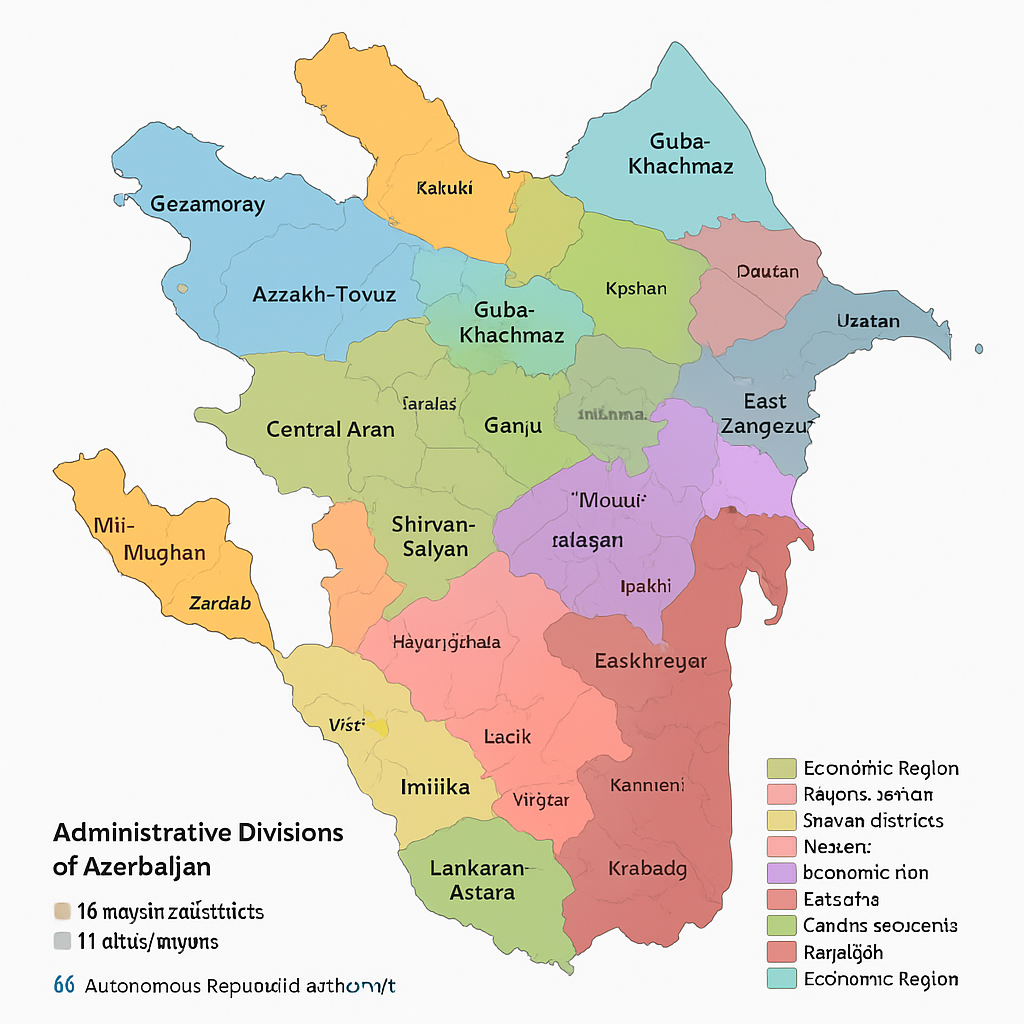
The administrative divisions of Azerbaijan showcase a country that values both its centralized governance and regional diversity. With 14 economic regions, 66 rayons, 11 cities, and the unique Nakhchivan Autonomous Republic, Azerbaijan has built a system that balances efficiency with cultural and economic richness.
From the bustling streets of Baku to the historic charm of Shusha and the agricultural fields of Mil–Mughan, Azerbaijan’s regions together form a mosaic that defines the nation’s identity and future development.
